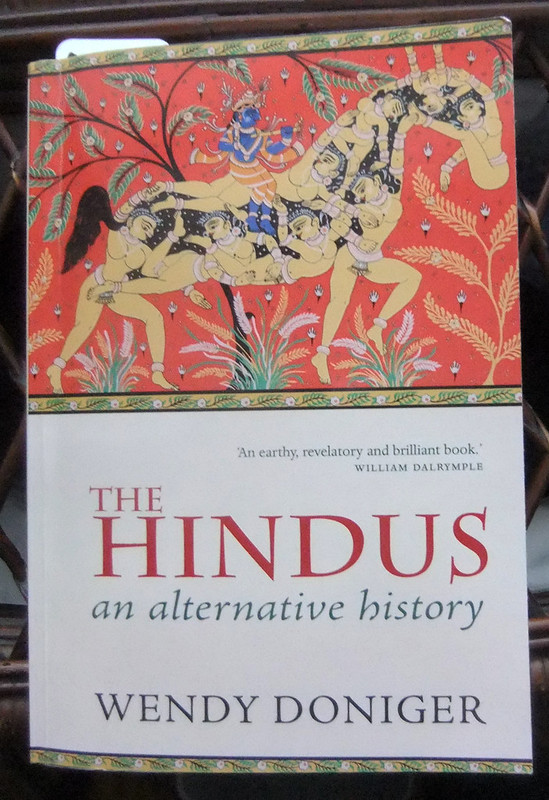By Ashok R. Chandran
Media (Kochi)
In a rapid survey of international journals from 2008–2012, we found that, on the topic of Kerala journalism, only one article had been published, and that too by a foreign scholar based abroad.1 It told us two things: that studies on Kerala journalism were near-absent at the international level, and that Kerala’s universities were producing zero research output of international quality.
Last month, I decided to explore how Kerala’s universities had managed to achieve this feat after 25+ years of existence. My journey began at the oldest university department for journalism in the state.
Infrastructure
The University of Kerala’s Department of Communication and Journalism was founded in 1976 in Thiruvananthapuram. It offers a PhD programme in journalism. The focus of the department, however, is on its two-year Master’s programme in Communication and Journalism (MCJ).
Research is at the margin here, quite literally, with the researchers’ room doubling up as a utility room next to a toilet. It is poorly ventilated and accommodates buckets, a water cooler, and a wash basin which is also used for cleaning lunch boxes. Nowadays, in this room, there is a computer with Internet connection, and two tables and chairs for the two full-time researchers in the Department. Is it really difficult for the Department to arrange proper workspaces for researchers? Does it also not reflect the priority attached to research?
The neglect of researchers extends beyond basic physical amenities and stationery. I interacted briefly with the researchers individually, and both suffered from poor guidance and orientation regarding research. The Department should seriously consider offering a good, one-week orientation programme for new researchers, including in the use of computers for research.
One researcher reported paying thousands of rupees a year to buy journal articles. This led me to know more about the Department library, which houses a good collection (5,200+) of books on communication, journalism, and related subjects. About 80 new books are bought each year, and these include Indian and foreign books from reputed publishers.
The journals section, however, was less impressive. The journal racks displayed the latest issues of Malayalam newspapers and magazines, but academic journals—both national and international—were out-of-date. The personnel I spoke to could not confirm whether the university offered digital access to these once-subscribed journals. (It revealed how little these journals were being accessed by faculty and students.) Considering that the Department library alone has a budget of INR 250,000, it can do more to facilitate research, including ensuring digital subscriptions to good journals and guiding scholars towards digital access and other contemporary tools.
Research
Typically there are three kinds of research that university faculty can engage in: consulting (advising external clients like media firms), degree-centric (guiding scholars who work towards PhD), and academic (self-driven by curiosity in the subject). The first kind of research is negligible in India, and the Department in Thiruvananthapuram has not had external clients in recent decades.
The second kind, leading to a degree, constitutes the bulk of the research done here. Subash K., Head of the Department, informed me that the Department has produced five PhDs so far. The most recent work was by M. V. Thomas on the role of Malayalam newspapers in the freedom movement. Topics that are now being researched in the Department include the adoption of new communication technologies in the media, modern trends in Indian advertising, media-use pattern in Kerala, and communication aspects of computer graphics. Also, rudimentary studies are done as part of the research component of the MCJ course. Three PhD theses and 500+ Master’s theses are available in the Department library.
The third kind of research, driven by faculty members themselves, is not visible in the Department. Even though the University comes up with regulations once-in-a-while to incentivise research, the faculty in the Department do not respond favourably. The faculty are reluctant to submit research proposals to bodies like UGC (which are flush with funds) because of fear of subsequent harassment by the university administration, in the name of financial accountability. With audit objections sometimes linked to granting of pensions, the faculty choose to play safe than sorry. Indeed, if the University is serious about promoting research and knowledge generation, it must think of performance audit and other methods for research projects, in lieu of the conventional financial audit methods in vogue.
One of the positive developments in recent years has been greater academic freedom to the faculty, resulting in updated syllabi and other gains. On the research front, however, the freedom seems to have been abused a bit over the years. Rather than encouraging the publication of scholarly articles in good, international and national journals, the faculty have set the bar low with a questionable list of ‘Standard Journals in Communication and Journalism’; publication in these journals is considered fine for meeting publication targets.2 Lowering of standards in this fashion, by no means peculiar in our state to this particular Department or University, will not improve the quality of research here. Such manipulation shows the lack of seriousness with which research is viewed in the University, by the faculty. No scope for blaming audit objections and university clerks here!
The Department’s new website (www.dcjku.in) says ‘As a part of publicising the research work done in the Department, an Indian research journal, Communication and Media Studies is produced.’ At best, this is a half-truth. At the Department library, one could see only a journal issue from 2005 and one from 2008. Another journal that the Department published—the Indian Journal of Communication—was not sustained either. Dr Subash informed me that journal publications were irregular because ‘it is difficult to get research articles’. There is no shortage of funds for publishing a journal, he said.
It is evident from all of the above that the Department lacks a research culture.
Can we do something about it? Definitely, if there is a will. For decades, we have let our state universities slide on the research front. Getting this Department back on the research rails will require a huge effort, but does not appear impossible. There are already a few signs of hope.
Look at the number of PhDs, for instance. Between 1976 and 2013, the Department produced five PhDs. But in the next five years alone, it is on track to produce seven more. That is an impressive doubling of output.
Kerala University has, practically, only one PhD guide in Journalism, and each guide is allowed only up to eight scholars, as per University regulations. With fresh PhDs emerging from the Department in the next five years, the number of available guides too will rise, thus further increasing the intake of research scholars. Degree-oriented research is poised for growth here.
The faculty and other personnel I met in the Department were fine individuals—friendly and helpful. When viewed through the lens of research, they are valuable human resources that can be utilised to promote a healthy research culture.
Greater collaboration among the faculty, state-wide networking, more attention to the PhD programme, revamping of the list of standard journals, thoughtful filling up of the two faculty vacancies—all these and more will put the Department on a good research track in the years ahead.
A two-day visit like mine can throw up only partial glimpses of what goes on there. A thorough and honest introspective study of current departmental practices will yield a better analysis and more solutions.
The Department is well-known for its MCJ programme. As a University Department, it is time to step up and strengthen its research credentials. It would do well to take advantage of the Rashtriya Uchchatar Shiksha Abhiyan, through which the central government is pumping funds into higher education like never before.
Web extra
Related
The following month, I wrote When a University Bored of Studies Sets the Standards – When a University revises its list of ‘standard’ journals through a window-dressing approach, it will adopt low-grade tactics for university academics to survive (or thrive!) without seriously doing research.
Credits
Photo by Dan Dimmock on Unsplash
Footnotes
- Ashok R. Chandran (2013). ‘Who is Studying Kerala Media?’, Media, pp 18–20. [↩]
- The list puts Media (Kerala Press Academy, Kochi), RIND Magazine (RIND, Chennai), Journal of Communication Studies (Makhanlal Chaturvedi University, Bhopal), Media India (Department of German, Guru Jambheshwar University, Rohtak), Communication and Journalism Research (University of Calicut), along with Columbia Journalism Review, Journal of Communication (Wiley), Public Opinion Quarterly (Oxford University Press), Journal of Advertising Research (Cambridge University Press) and other internationally reputed publications. [↩]




